
Understanding the complexities of the moment and the spirit of this new model for ARTBO week this 2021, Instituto de Visión proposes to turn the gallery space into a shelf to accommodate the recent work of the artists it represents. It is very important for Instituto de Visión to give a commercial opportunity to all artists who have suffered the economic rigor of this crisis. We will give priority to works that revolve around concepts such as community, cooperation, nature and that provide solutions from the poetic or social universe to the harassment of this reality.
Instituto de Vision is a Bogotá based gallery for conceptual based practices. Our mission is to investigate conceptual discourses that have been neglected by the official Latin American art canon. We have recovered important estates from throughout the Latin American art of the mid XX century and we continue to research the most enigmatic oeuvres of the region.
Through a parallel program, we represent some of the most relevant of contemporary practices from Colombia, Chile, North America, and Venezuela among others. Directed by three women, Instituto de Vision gives special attention to female voices, queer theories, environmental activism, the conflicts of migration, and other critical positions that challenge the established order.
Using the international art scene as a platform, we are committed to give visibility and expand the work of artists that reveal critical realities and raise important questions for these contemporary subjects.
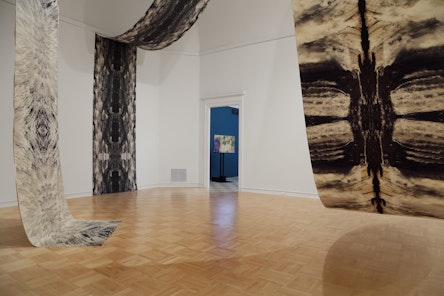
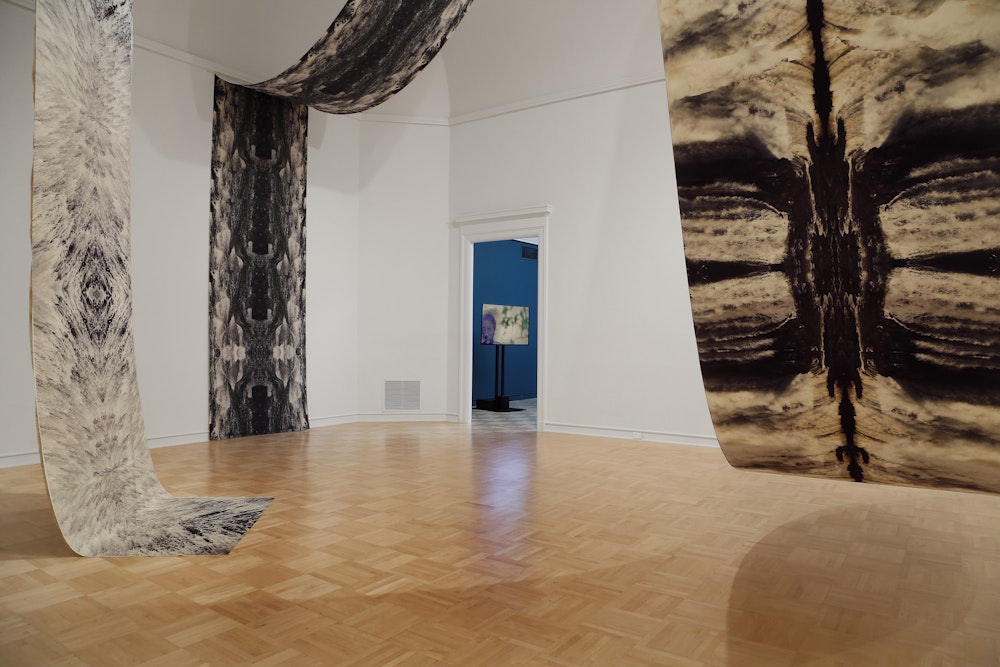
Carolina Caycedo(1978), is a London-born Colombian artist, living in Los Angeles. She participates in movements of territorial resistance, solidarity economies, and housing as a human right. Carolina’s artistic practice has a collective dimension to it in which performances, drawings, photographs and videos are not just an end result, but rather part of the artist’s process of research and acting. Her work contributes to the construction of environmental historical memory as a fundamental element for non-repetition of violence against human and non-human entities, and generates a debate about the future in relation to common goods, environmental justice, just energy transition and cultural biodiversity.

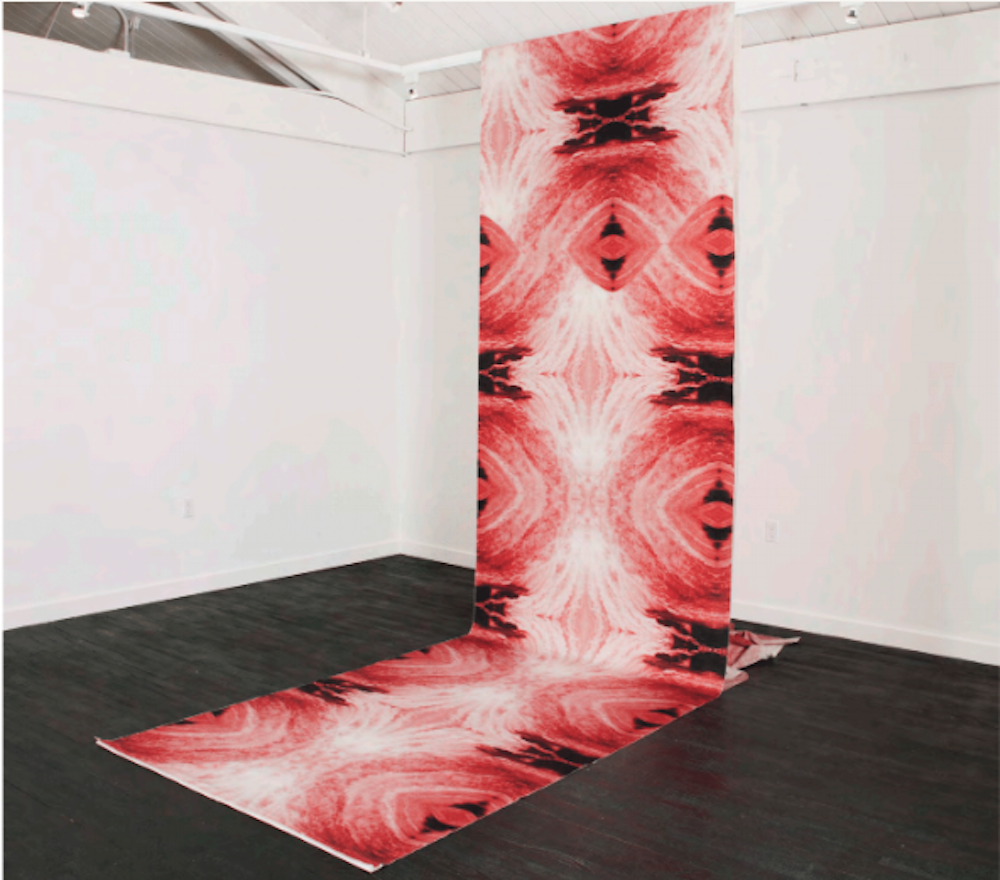
Carolina Caycedo(1978), is a London-born Colombian artist, living in Los Angeles. She participates in movements of territorial resistance, solidarity economies, and housing as a human right. Carolina’s artistic practice has a collective dimension to it in which performances, drawings, photographs and videos are not just an end result, but rather part of the artist’s process of research and acting. Her work contributes to the construction of environmental historical memory as a fundamental element for non-repetition of violence against human and non-human entities, and generates a debate about the future in relation to common goods, environmental justice, just energy transition and cultural biodiversity.
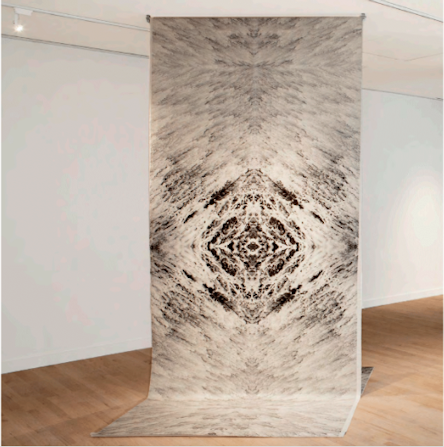

Carolina Caycedo(1978), is a London-born Colombian artist, living in Los Angeles. She participates in movements of territorial resistance, solidarity economies, and housing as a human right. Carolina’s artistic practice has a collective dimension to it in which performances, drawings, photographs and videos are not just an end result, but rather part of the artist’s process of research and acting. Her work contributes to the construction of environmental historical memory as a fundamental element for non-repetition of violence against human and non-human entities, and generates a debate about the future in relation to common goods, environmental justice, just energy transition and cultural biodiversity.

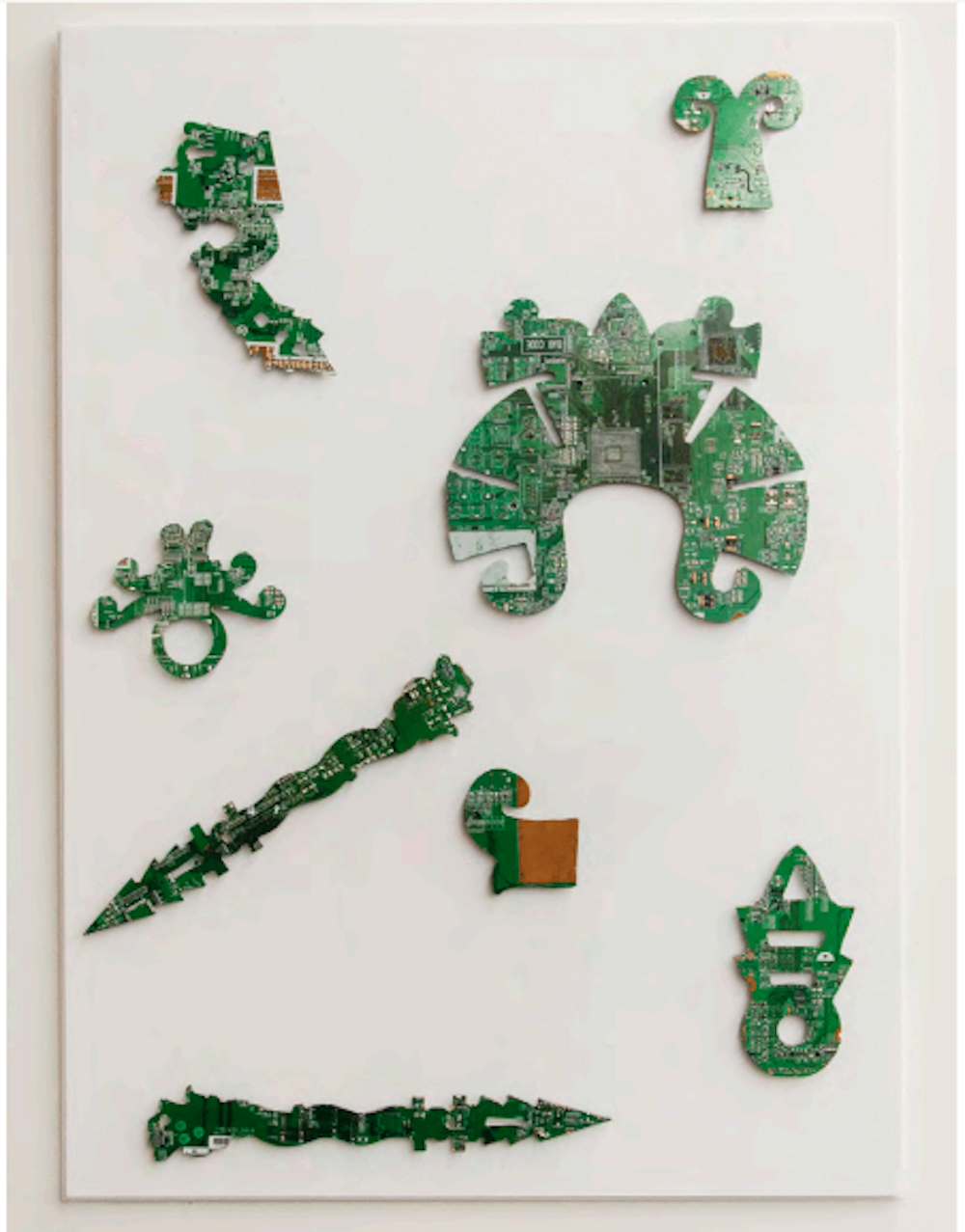
Lina Mazenett & David Quiroga (Colombia, 1989-1985) Lina Mazenett and David Quiroga have been working in Bogotá as a collective during the last nine years. His central interest is the temporality of matter. They work with materials of fossil origin such as tar, pitch, coal and a variety of minerals. These materials do not only have a particular symbology, as they also have a great condensed energy that has accumulated over time. Very present in our daily life, a relationship that links human beings with ancient geological times. Morphogenesis and mythology are other important themes of his practice. It is investigated how objects, such as rocks, meteorites, and seeds, reveal their origin through their shape and how they contain sacred ideas that can be connected with to everyday life. Through his practice, Mazenett Quiroga explores the interrelationships that exist between organisms and natural resources in the environment and how these relationships are appropriated and distributed through culture. His practice oscillates between past and present, science and mythology, native cultures and those of Western influence, in such a way that interstices are found between these apparent polarities, at the same time that they cover a wide range of media, from sculpture to found objects and painting.

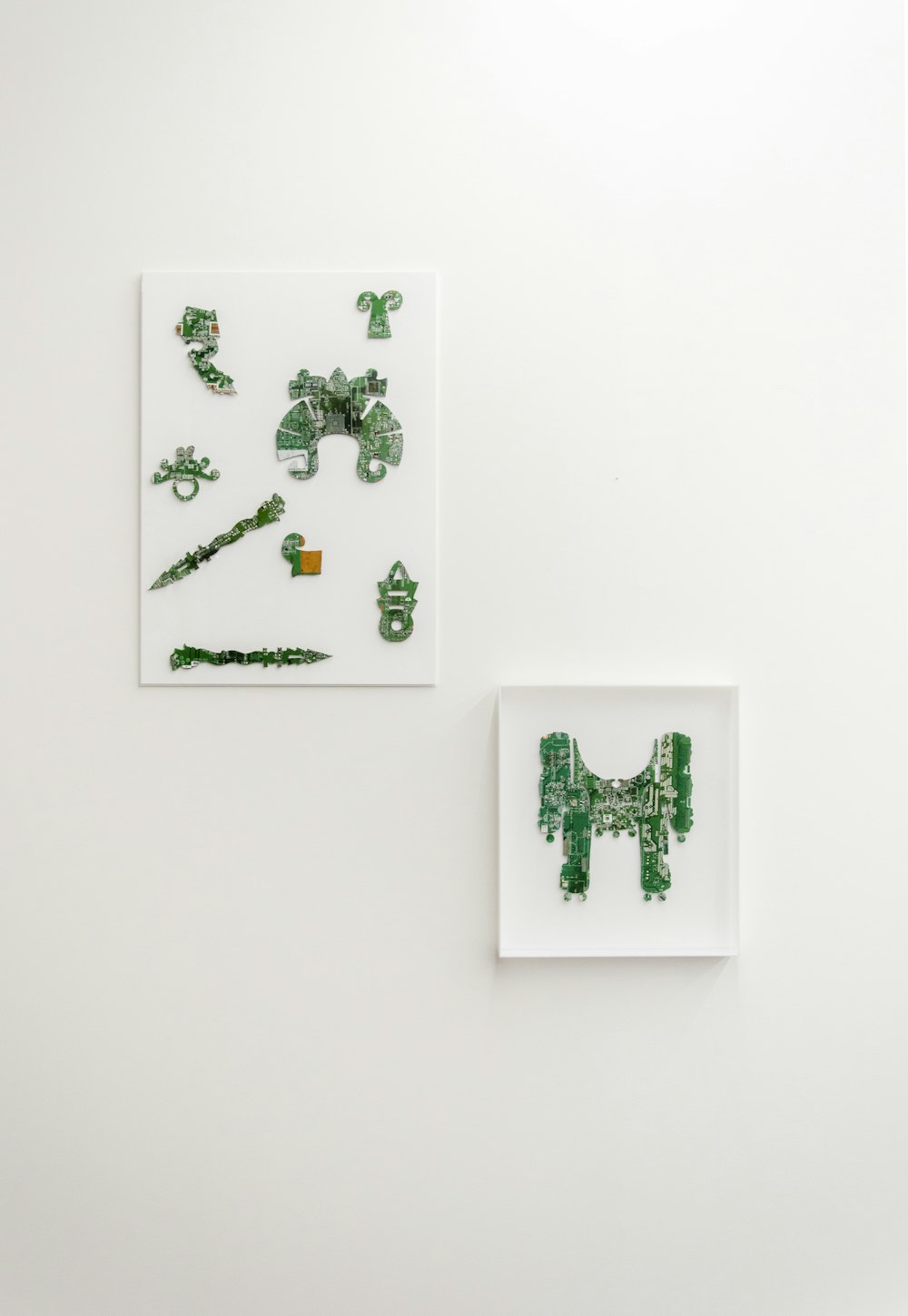
Lina Mazenett & David Quiroga (Colombia, 1989-1985) Lina Mazenett and David Quiroga have been working in Bogotá as a collective during the last nine years. His central interest is the temporality of matter. They work with materials of fossil origin such as tar, pitch, coal and a variety of minerals. These materials do not only have a particular symbology, as they also have a great condensed energy that has accumulated over time. Very present in our daily life, a relationship that links human beings with ancient geological times. Morphogenesis and mythology are other important themes of his practice. It is investigated how objects, such as rocks, meteorites, and seeds, reveal their origin through their shape and how they contain sacred ideas that can be connected with to everyday life. Through his practice, Mazenett Quiroga explores the interrelationships that exist between organisms and natural resources in the environment and how these relationships are appropriated and distributed through culture. His practice oscillates between past and present, science and mythology, native cultures and those of Western influence, in such a way that interstices are found between these apparent polarities, at the same time that they cover a wide range of media, from sculpture to found objects and painting.
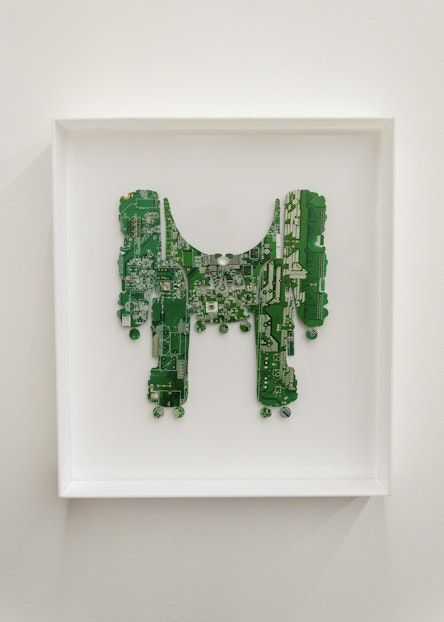
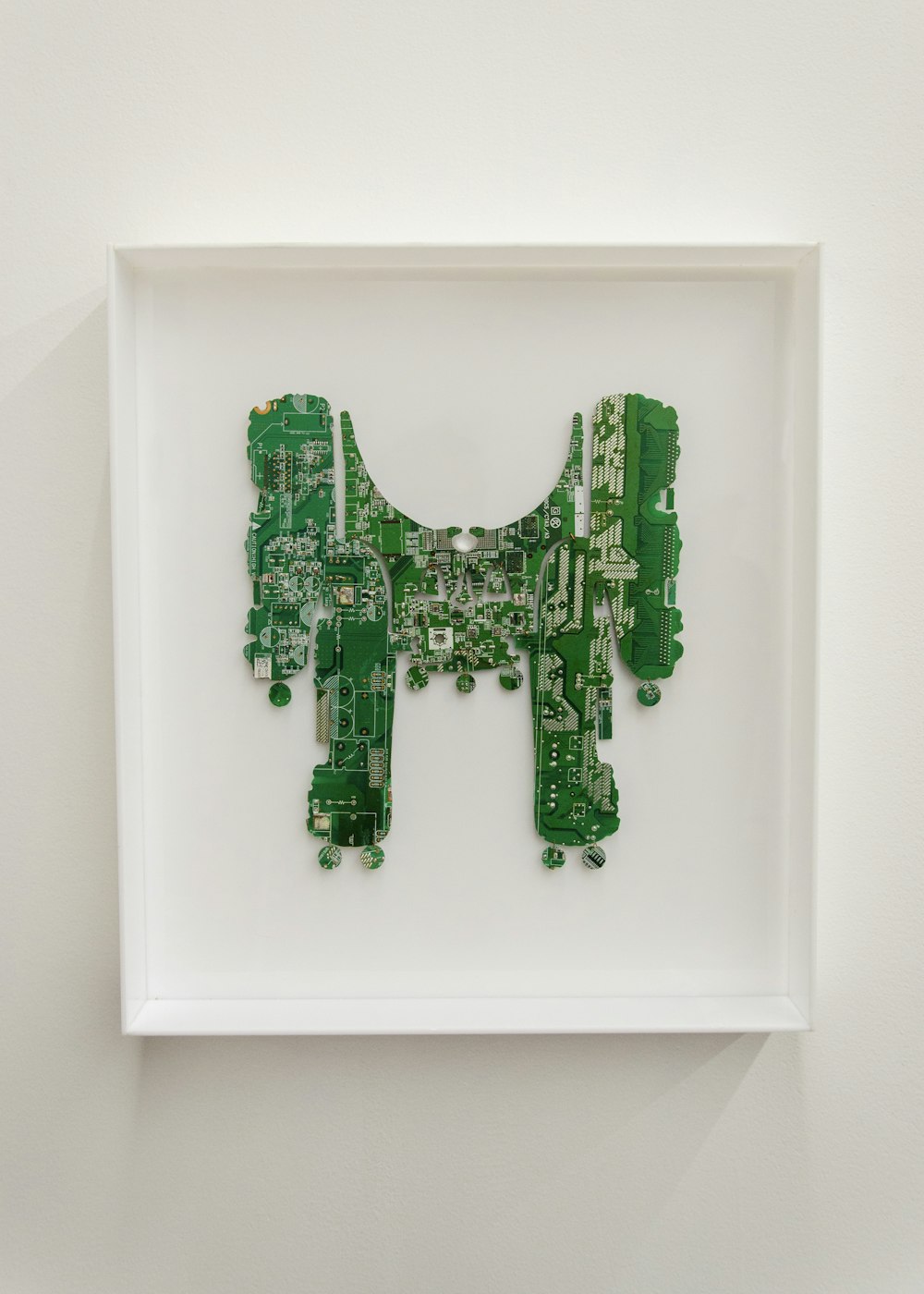
Lina Mazenett & David Quiroga (Colombia, 1989-1985) Lina Mazenett and David Quiroga have been working in Bogotá as a collective during the last nine years. His central interest is the temporality of matter. They work with materials of fossil origin such as tar, pitch, coal and a variety of minerals. These materials do not only have a particular symbology, as they also have a great condensed energy that has accumulated over time. Very present in our daily life, a relationship that links human beings with ancient geological times. Morphogenesis and mythology are other important themes of his practice. It is investigated how objects, such as rocks, meteorites, and seeds, reveal their origin through their shape and how they contain sacred ideas that can be connected with to everyday life. Through his practice, Mazenett Quiroga explores the interrelationships that exist between organisms and natural resources in the environment and how these relationships are appropriated and distributed through culture. His practice oscillates between past and present, science and mythology, native cultures and those of Western influence, in such a way that interstices are found between these apparent polarities, at the same time that they cover a wide range of media, from sculpture to found objects and painting.
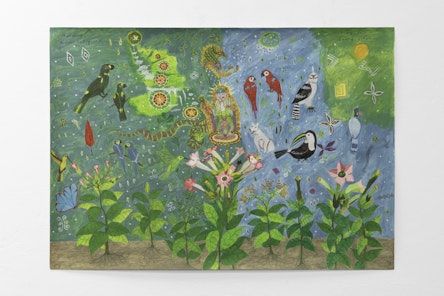
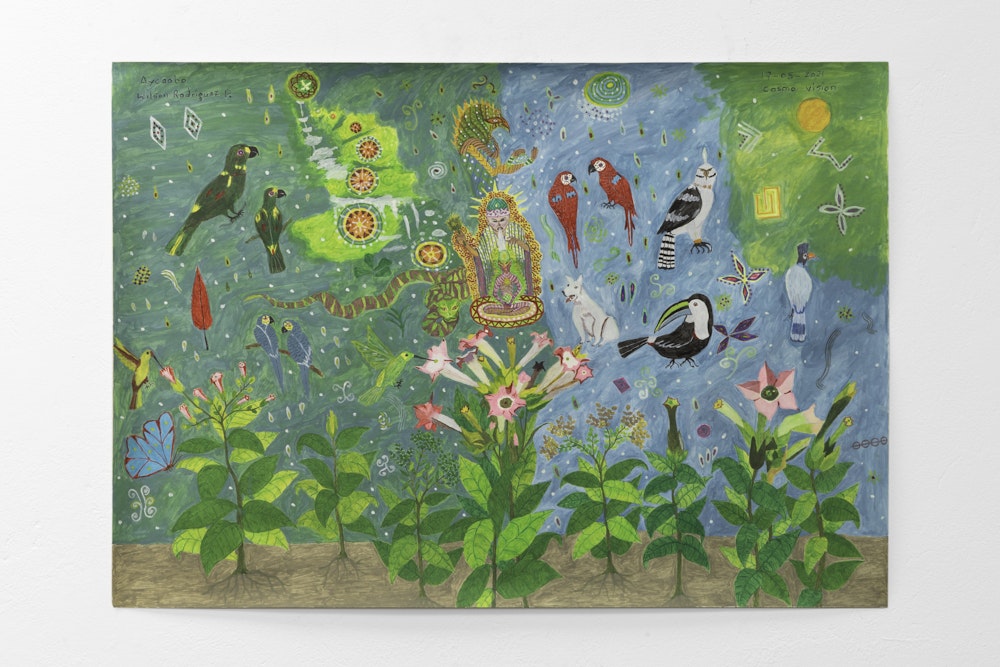
Wilson Rodríguez (La Chorrera, 1967) Wilson Rodríguez practice continues the knowledge transmitted by his father and his lineage about the botanic in the Amazon Jungle. His artistic practice embraces tension as the relation of the human been and the invisible world, or the use of medicinal plants to expand the perception. For Wilson, who has been receiving ancestral knowledge all his live, art is the way to tone his ancient roots and his life as individual in this specific contemporaneity.
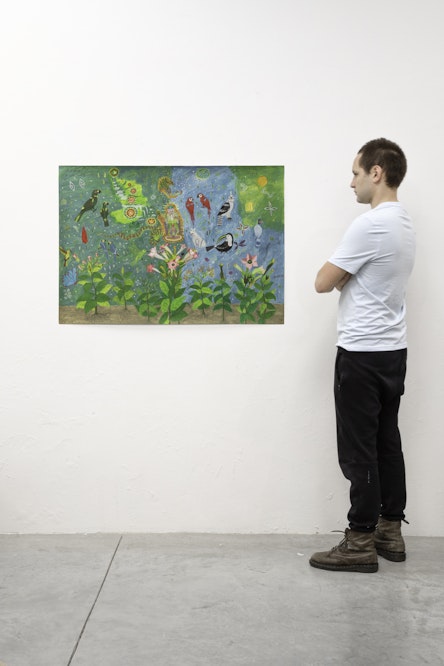

Wilson Rodríguez (La Chorrera, 1967) Wilson Rodríguez practice continues the knowledge transmitted by his father and his lineage about the botanic in the Amazon Jungle. His artistic practice embraces tension as the relation of the human been and the invisible world, or the use of medicinal plants to expand the perception. For Wilson, who has been receiving ancestral knowledge all his live, art is the way to tone his ancient roots and his life as individual in this specific contemporaneity.


Wilson Rodríguez (La Chorrera, 1967) Wilson Rodríguez practice continues the knowledge transmitted by his father and his lineage about the botanic in the Amazon Jungle. His artistic practice embraces tension as the relation of the human been and the invisible world, or the use of medicinal plants to expand the perception. For Wilson, who has been receiving ancestral knowledge all his live, art is the way to tone his ancient roots and his life as individual in this specific contemporaneity.
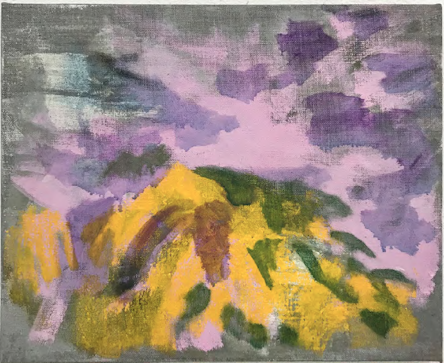
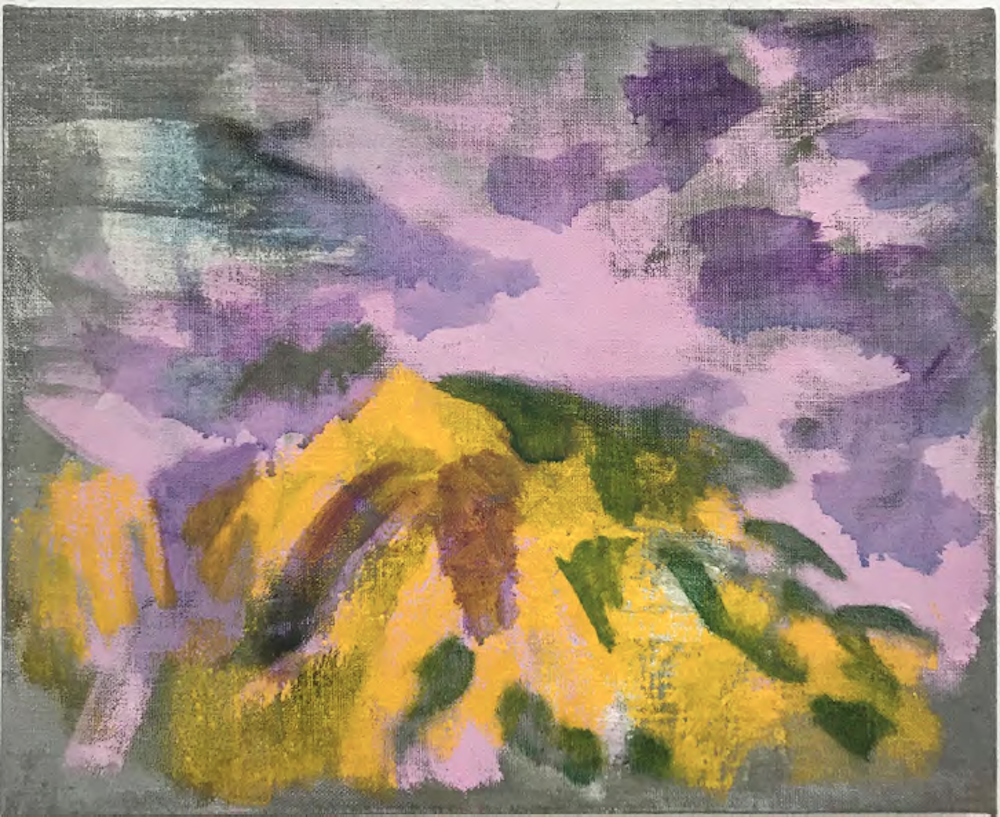
Sebastián Fierro’s most recent work is a reflection on memories of his first painting. He was around ten years old, when he painted a solar system on a small canvas. He wishes he had kept it, as it encapsulated a large amount of what he is currently investigating in his work: painting as a containment exercise, and as such, a tool that allows us to interiorize the world. By depicting a solar system on a finite flat surface, it becomes possible to introduce something remote and unobtainable on a small frame. What was exclusively the container is now the content. The paintings also meditate on Astronomy. The science of Astronomy has enabled man to set an exact position on earth in relationship to a point in the sky. Fierro finds deeply poetic that we need the Moon or the stars to know where we are on Earth. Thus, we locate a here only in relation to the existence of there, and not the other way around. If we had not gazed up, we would not have found our place down here on earth. We define and recognize ourselves only by looking at where we are not. Only through distant seeing can we take consciousness of our existence. We need the far and unfamiliar to locate a here. To think and to paint is to locate our place in the world.

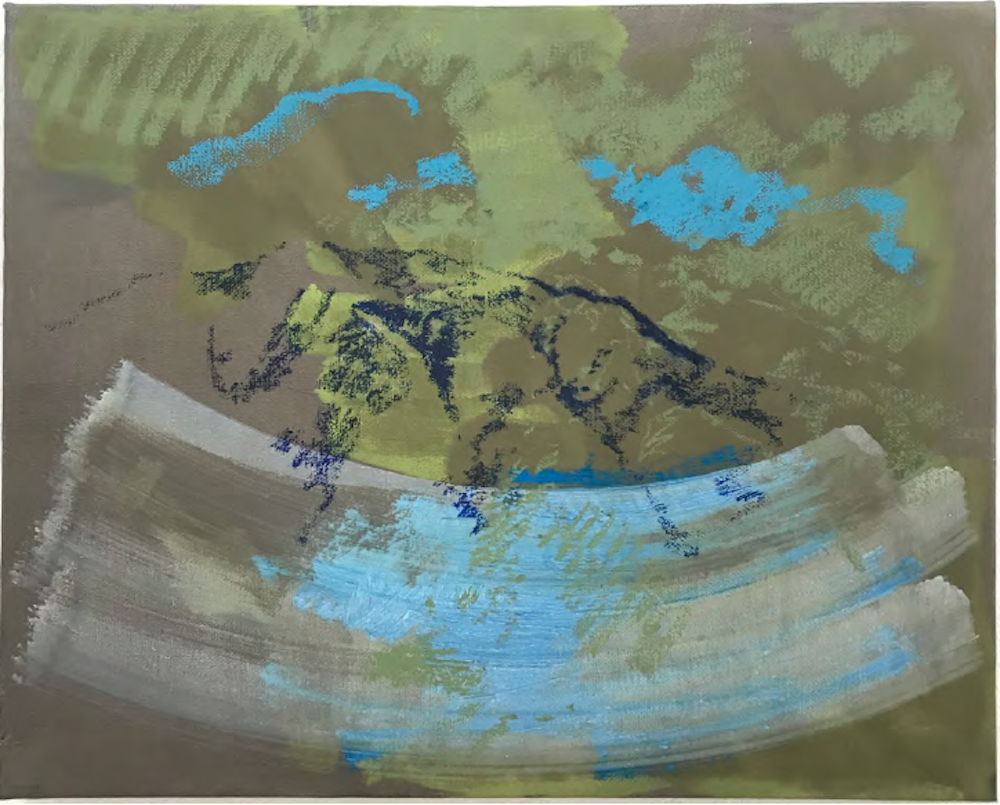
Sebastián Fierro’s most recent work is a reflection on memories of his first painting. He was around ten years old, when he painted a solar system on a small canvas. He wishes he had kept it, as it encapsulated a large amount of what he is currently investigating in his work: painting as a containment exercise, and as such, a tool that allows us to interiorize the world. By depicting a solar system on a finite flat surface, it becomes possible to introduce something remote and unobtainable on a small frame. What was exclusively the container is now the content. The paintings also meditate on Astronomy. The science of Astronomy has enabled man to set an exact position on earth in relationship to a point in the sky. Fierro finds deeply poetic that we need the Moon or the stars to know where we are on Earth. Thus, we locate a here only in relation to the existence of there, and not the other way around. If we had not gazed up, we would not have found our place down here on earth. We define and recognize ourselves only by looking at where we are not. Only through distant seeing can we take consciousness of our existence. We need the far and unfamiliar to locate a here. To think and to paint is to locate our place in the world.

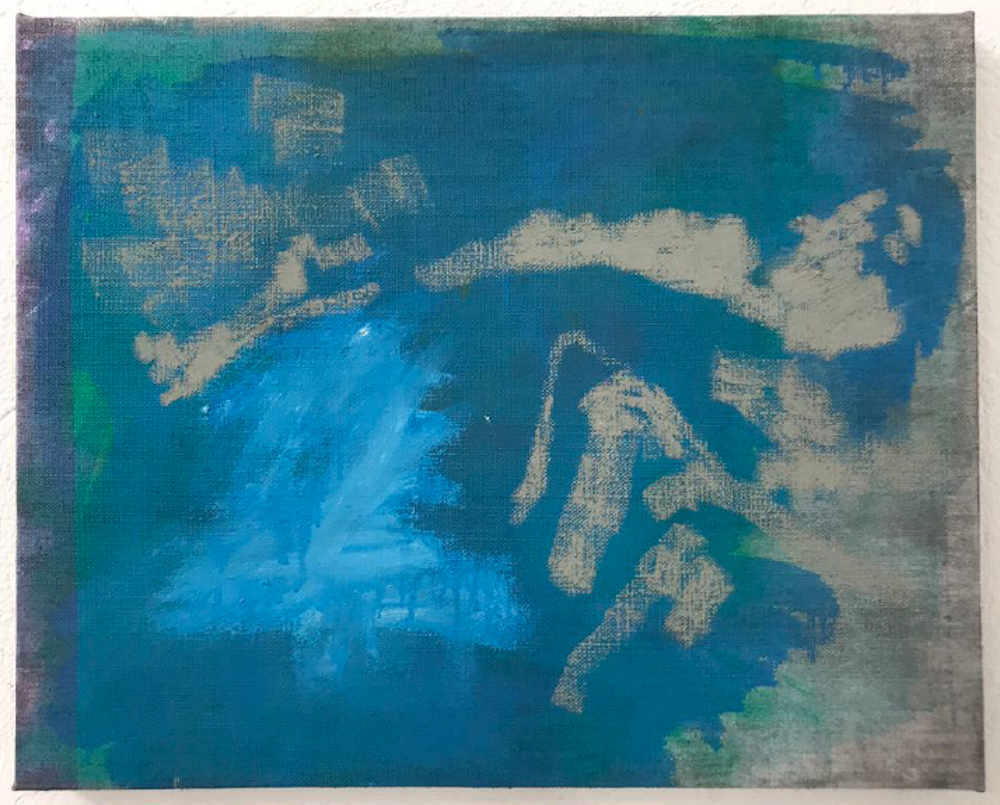
Sebastián Fierro’s most recent work is a reflection on memories of his first painting. He was around ten years old, when he painted a solar system on a small canvas. He wishes he had kept it, as it encapsulated a large amount of what he is currently investigating in his work: painting as a containment exercise, and as such, a tool that allows us to interiorize the world. By depicting a solar system on a finite flat surface, it becomes possible to introduce something remote and unobtainable on a small frame. What was exclusively the container is now the content. The paintings also meditate on Astronomy. The science of Astronomy has enabled man to set an exact position on earth in relationship to a point in the sky. Fierro finds deeply poetic that we need the Moon or the stars to know where we are on Earth. Thus, we locate a here only in relation to the existence of there, and not the other way around. If we had not gazed up, we would not have found our place down here on earth. We define and recognize ourselves only by looking at where we are not. Only through distant seeing can we take consciousness of our existence. We need the far and unfamiliar to locate a here. To think and to paint is to locate our place in the world.
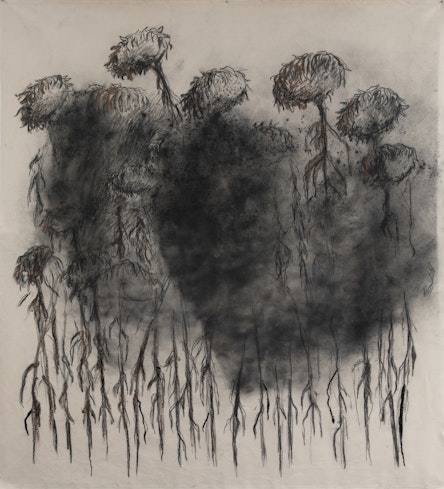

Nohemí Pérez's work, of a multidisciplinary nature, revolves around the relationship that men establish with nature; the conflicts, tensions and genesis that arise from this constant friction. Starting from notions of architecture, cinema and sociology, the artist proposes a rereading of the territory of Catatumbo; a geographic region with a very particular natural and sociocultural ecosystem. From the conquest until today, the Catatumbo is the scene of multiple conflicts that have been transformed to compose a complex web of anachronistic situations characteristic of contemporary Latin America. In this jungle region, illegal armed groups of the right and left, indigenous tribes, evangelical missionaries and large multinational mining and drug trafficking companies coexist.
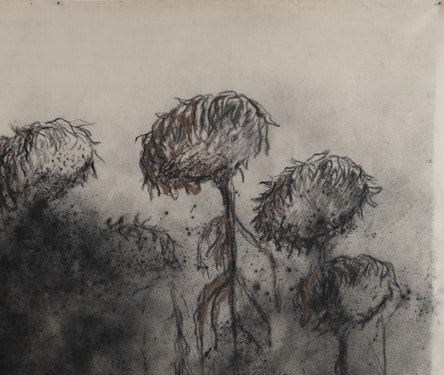

Nohemí Pérez's work, of a multidisciplinary nature, revolves around the relationship that men establish with nature; the conflicts, tensions and genesis that arise from this constant friction. Starting from notions of architecture, cinema and sociology, the artist proposes a rereading of the territory of Catatumbo; a geographic region with a very particular natural and sociocultural ecosystem. From the conquest until today, the Catatumbo is the scene of multiple conflicts that have been transformed to compose a complex web of anachronistic situations characteristic of contemporary Latin America. In this jungle region, illegal armed groups of the right and left, indigenous tribes, evangelical missionaries and large multinational mining and drug trafficking companies coexist.
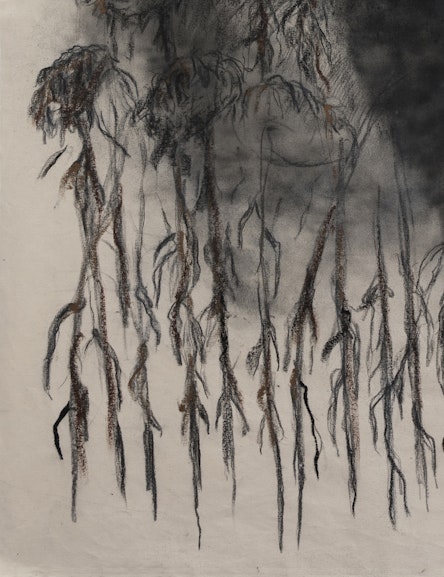

Nohemí Pérez's work, of a multidisciplinary nature, revolves around the relationship that men establish with nature; the conflicts, tensions and genesis that arise from this constant friction. Starting from notions of architecture, cinema and sociology, the artist proposes a rereading of the territory of Catatumbo; a geographic region with a very particular natural and sociocultural ecosystem. From the conquest until today, the Catatumbo is the scene of multiple conflicts that have been transformed to compose a complex web of anachronistic situations characteristic of contemporary Latin America. In this jungle region, illegal armed groups of the right and left, indigenous tribes, evangelical missionaries and large multinational mining and drug trafficking companies coexist.